V. Than Dung
Braking and Body Angles Control of an Insect-Computer Hybrid Robot by Electrical Stimulation of Beetle Flight Muscle in Free Flight
Nov 29, 2021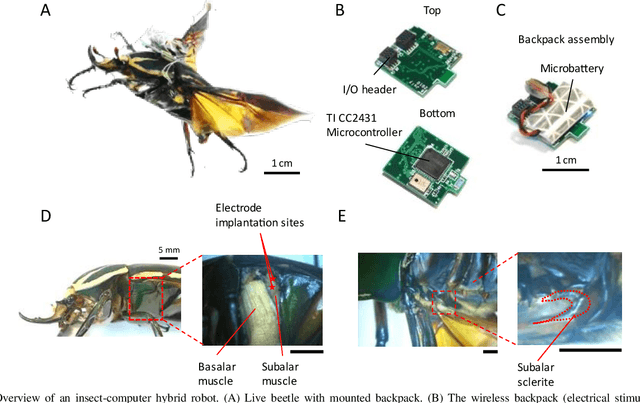
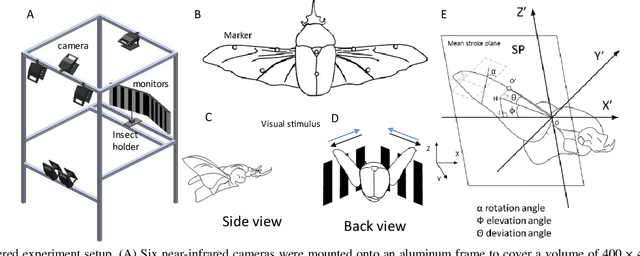
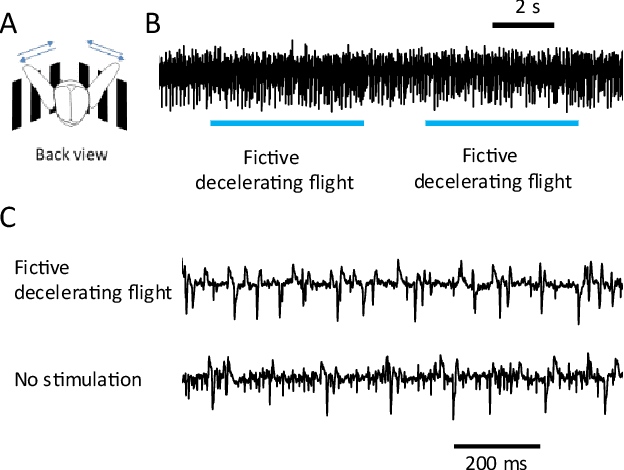
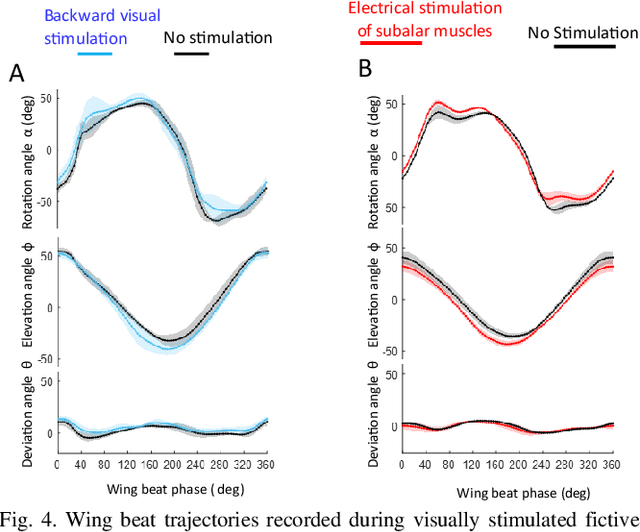
Abstract:While engineers put lots of effort, resources, and time in building insect scale micro aerial vehicles (MAVs) that fly like insects, insects themselves are the real masters of flight. What if we would use living insect as platform for MAV instead? Here, we reported a flight control via electrical stimulation of a flight muscle of an insect-computer hybrid robot, which is the interface of a mountable wireless backpack controller and a living beetle. The beetle uses indirect flight muscles to drive wing flapping and three major direct flight muscles (basalar, subalar and third axilliary (3Ax) muscles) to control the kinematics of the wings for flight maneuver. While turning control was already achieved by stimulating basalar and 3Ax muscles, electrical stimulation of subalar muscles resulted in braking and elevation control in flight. We also demonstrated around 20 degrees of contralateral yaw and roll by stimulating individual subalar muscle. Stimulating both subalar muscles lead to an increase of 20 degrees in pitch and decelerate the flight by 1.5 m/s2 as well as an induce an elevation of 2 m/s2.
Insect-Computer Hybrid System for Autonomous Search and Rescue Mission
Jun 04, 2021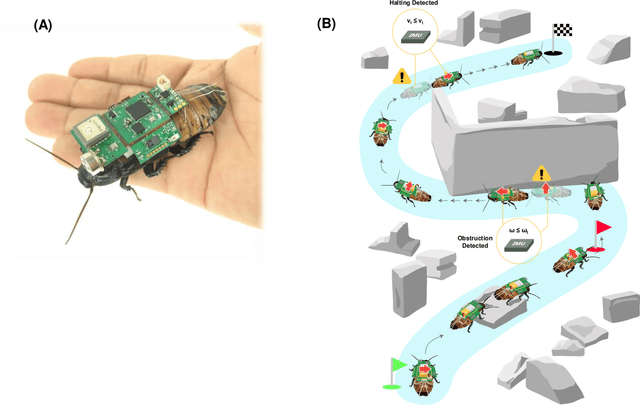
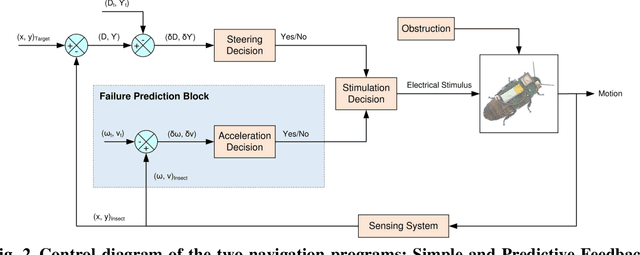
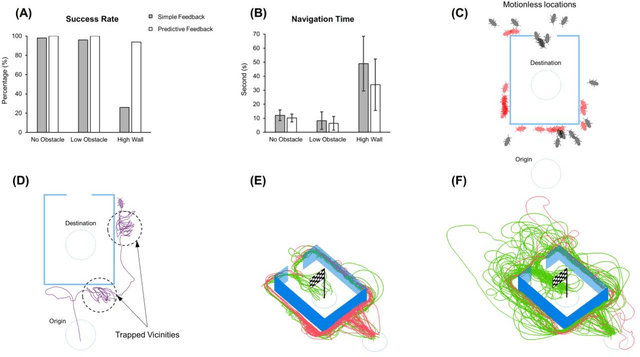
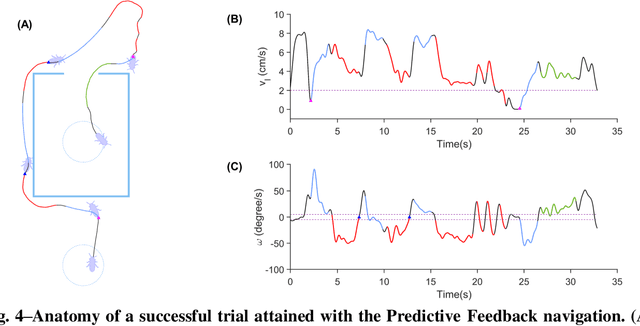
Abstract:There is still a long way to go before artificial mini robots are really used for search and rescue missions in disaster-hit areas due to hindrance in power consumption, computation load of the locomotion, and obstacle-avoidance system. Insect-computer hybrid system, which is the fusion of living insect platform and microcontroller, emerges as an alternative solution. This study demonstrates the first-ever insect-computer hybrid system conceived for search and rescue missions, which is capable of autonomous navigation and human presence detection in an unstructured environment. Customized navigation control algorithm utilizing the insect's intrinsic navigation capability achieved exploration and negotiation of complex terrains. On-board high-accuracy human presence detection using infrared camera was achieved with a custom machine learning model. Low power consumption suggests system suitability for hour-long operations and its potential for realization in real-life missions.
 Add to Chrome
Add to Chrome Add to Firefox
Add to Firefox Add to Edge
Add to Edge